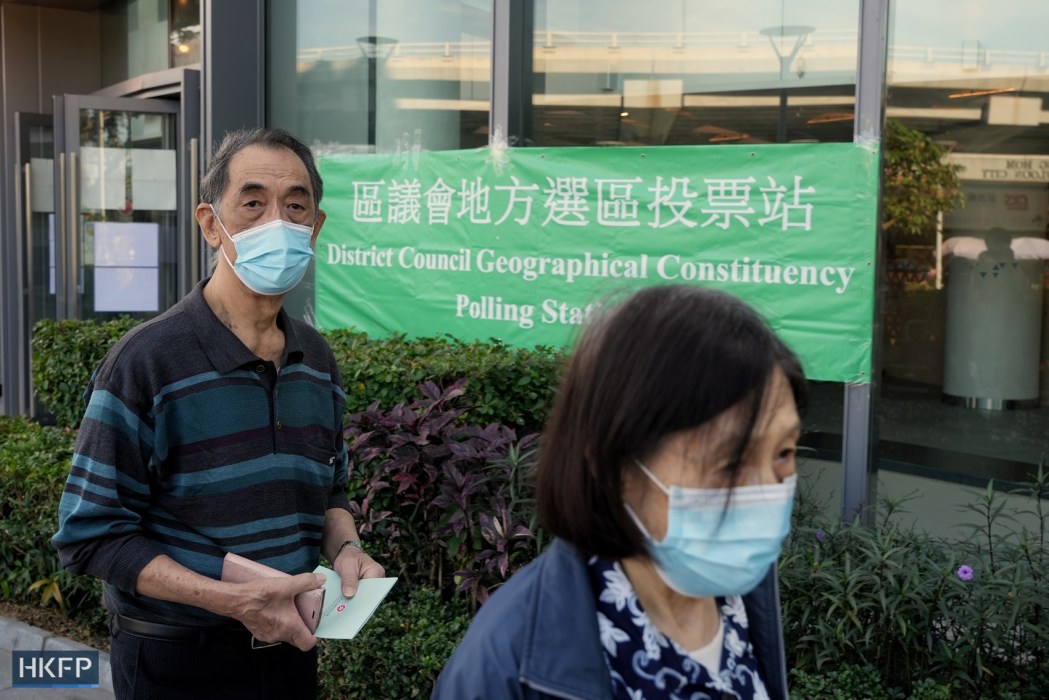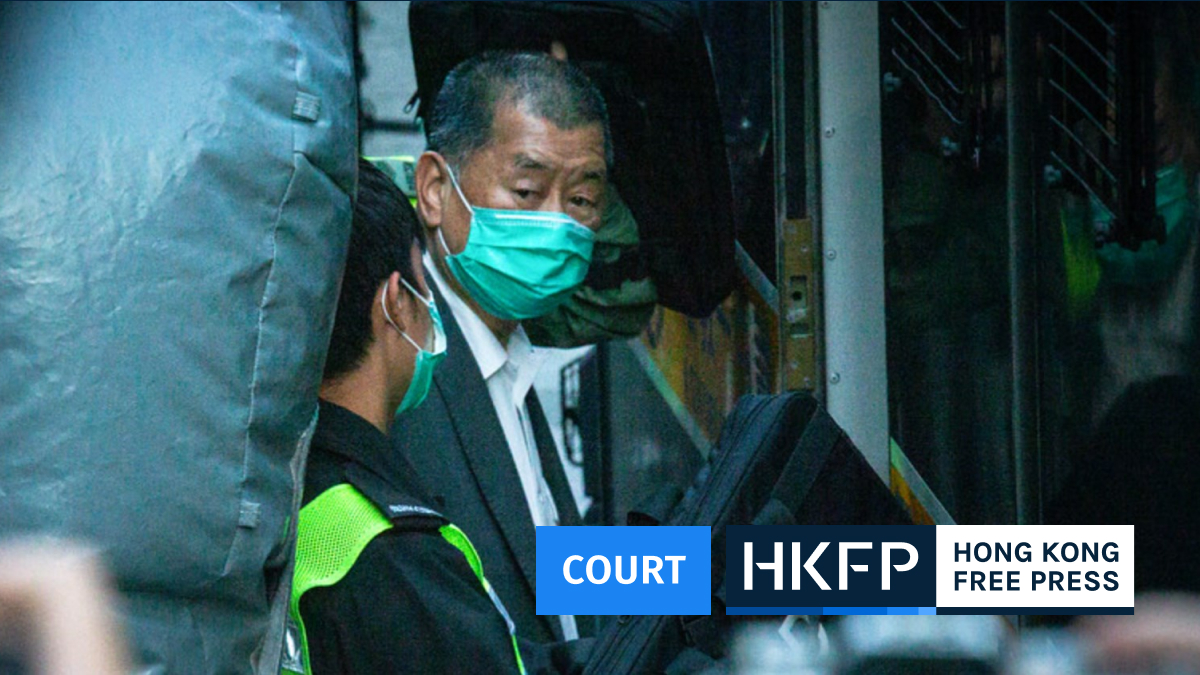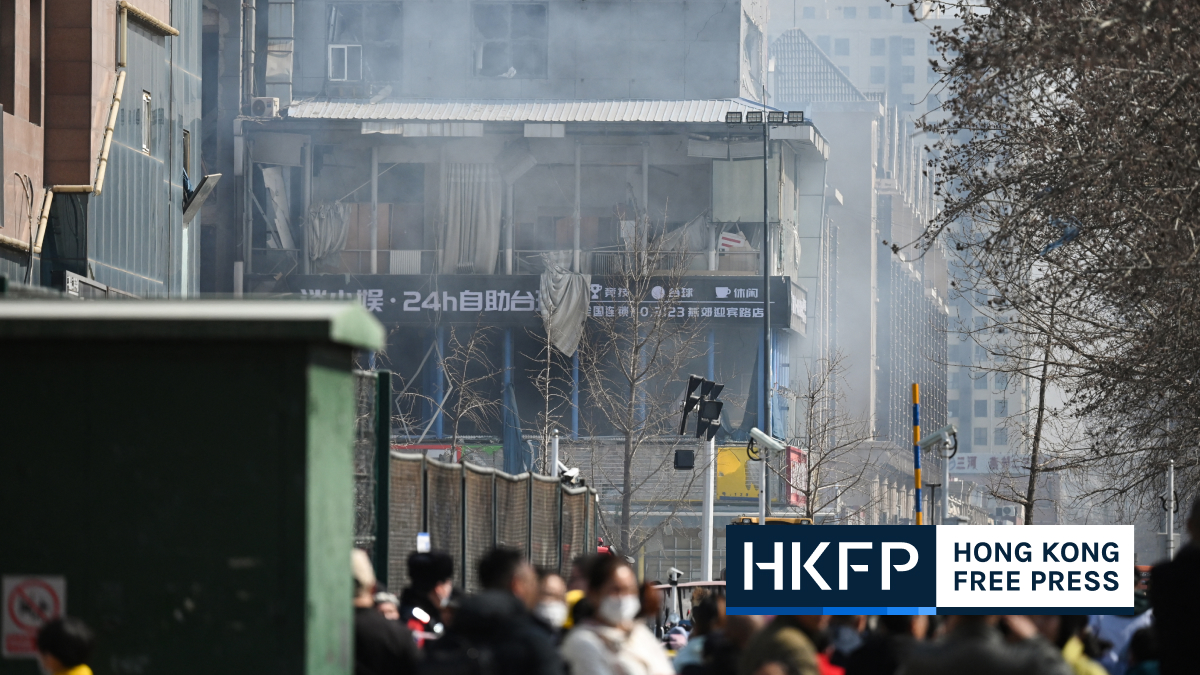Hong Kong’s overhauled District Council election could have seen a higher turnout if not for a malfunction at the polling stations, a lawmaker has said as officials were urged to review its electronic systems. It is despite the fact that the turnout was already on track for the lowest-ever in post-colonial history before the technical glitch occurred.
See also: Local ‘patriots’ election voting hours extended after tech glitch

Speaking at a Legislative Council meeting on Wednesday, lawmaker Priscilla Leung recalled being at a polling booth with around 200 people on the District Council election day as the glitch happened.
“I watched as… they left. They were very disappointed,” Leung said in Cantonese. Had the malfunction not occurred, the turnout rate could have been “at least 29 or 30 per cent,” she claimed.
Hong Kong held its first District Council election last December after an overhaul that slashed the number of directly elected seats and required candidates to secure nominations from government-appointed committees.
The opposition-free election was marred by a technical glitch that saw voting temporarily halted until authorities allowed voters to cast their ballot manually via printed forms. Just before the glitch, the voter turnout was 24.5 per cent.

Voting hours were extended and the elections ultimately recorded a record-low turnout of 27.5 per cent, the lowest among all post-colonial elections in the city.
‘Big disappointment’
Leung’s comments came as lawmaker Eunice Yung said there had been many technical glitches in the government’s computer systems in recent months. Besides the mishap during the District Council elections, an app for booking sporting facilities saw hiccups upon its launch in November. A week later, the government said it discovered a data leak involving users’ personal information.
“The public had a lot of expectations [for the elections]… this was an especially big disappointment,” Yung said in Cantonese.
Yung asked the government about the inspection and testing procedures taken in relation to the voting’s computer system. She also questioned whether the government had a system for penalising the contractors behind these electronic systems when faults arose.

In response, Secretary for Innovation, Technology and Industry Sun Dong said the Registration and Electoral Office had already conducted internal tests on the system, as well as ordered tests by a third party.
Sun added that, to enhance the monitoring of contractors, the Office of the Government Chief Information Officer had introduced guidelines under which – if a contractor’s performance does not meet standards – authorities can take action, including ordering compensation and ending the contract.
Secretary for Constitutional and Mainland Affairs Erick Tsang, who was also at the Legislative Council meeting, defended the authorities’ arrangements after the technical glitch. He said authorities had come up with the back-up plan of manual voting beforehand.

“The requirement was, within 30 minutes we are to decide if we will activate the back-up plan. When the incident happened, sure enough, in around 30 minutes as the system could not be returned to normal, we decided to [activate] the back-up plan,” Tsang said.
He added that authorities still “needed some preparation time” to mobilise staff and take out the supplies needed for manual voting.
The Electoral Affairs Commission (EAC)’s chairperson, Justice David Lok, apologised for the system breakdown the next day. The commission is to submit an investigative report within three months, per the chief executive’s request.
Support HKFP | Policies & Ethics | Error/typo? | Contact Us | Newsletter | Transparency & Annual Report | Apps
Help safeguard press freedom & keep HKFP free for all readers by supporting our team

LATEST FROM HKFP
HKFP has an impartial stance, transparent funding, and balanced coverage guided by an Ethics Code and Corrections Policy.
Support press freedom & help us surpass 1,000 monthly Patrons: 100% independent, governed by an ethics code & not-for-profit.










